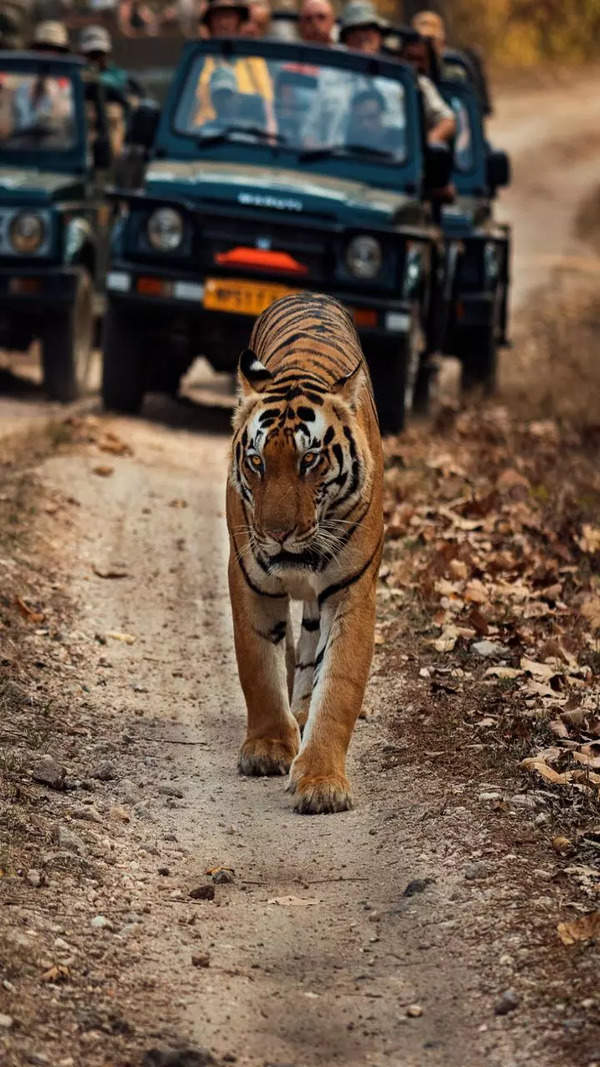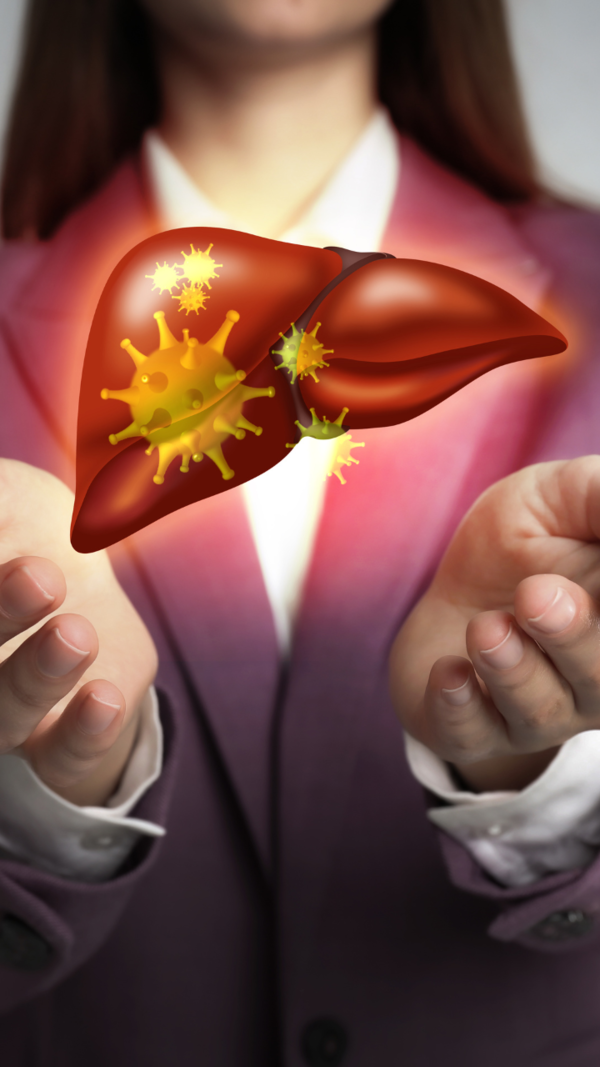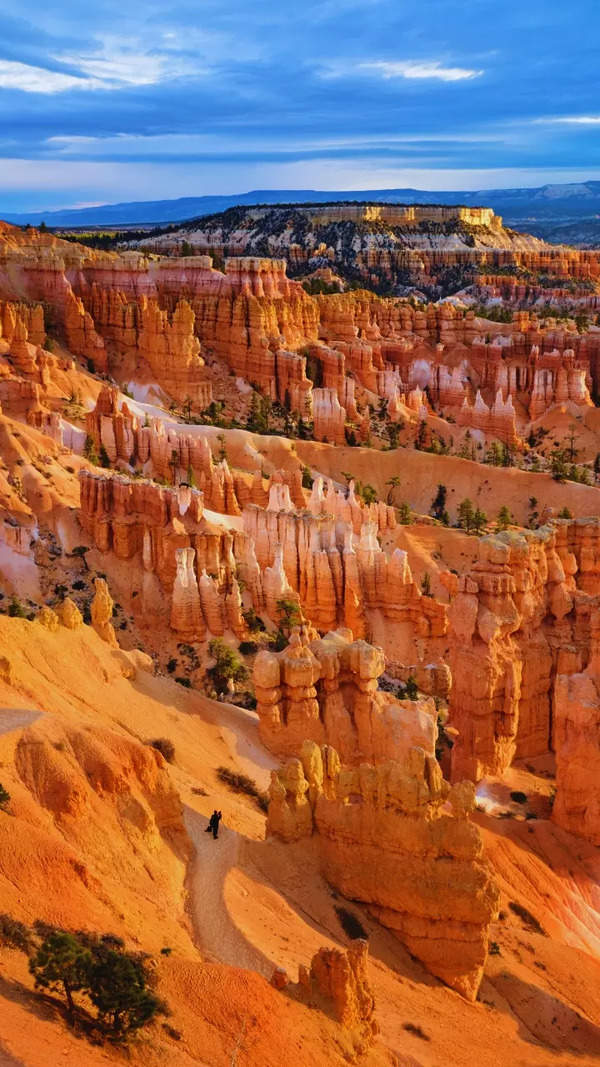Trending
Mozambique spitting cobra, the smallest but deadliest cobra| Read more about its venom and unique traits
The Mozambique spitting cobra, one of Africa's most dangerous snakes, can spit venom accurately up to 3 meters. Its venom contains neurotoxins and cytotoxins, causing paralysis and severe tissue damage. This nocturnal snake frequently enters homes in search of food, raising the risk of human encounters. Its adaptability allows it to thrive in diverse environments.
Hidden deep in Africa's untamed terrain is a snake that will surprise you. The Mozambique spitting cobra is the smallest of its species, but don't underestimate its size—this little guy has a deadly defense that can halt predators dead in their tracks. Capable of spraying venom with precision, this amazing reptile has developed some extraordinary survival skills that make it one of the most fascinating creatures in nature. But why is it so lethal? And how does it have such a reputation for surprising intelligence? Enter the realm of this small but powerful snake as we delve into its exceptional capabilities and mysteries that make it different. Its ability to adapt and thrive in harsh environments adds another layer to its awe-inspiring nature, and its complex behaviors suggest a level of cognitive skill that is rarely seen in reptiles.
Why the Mozambique spitting cobra is small but extremely dangerous
1. A venomous powerhouse
Owing to its diminutive size, the Mozambique spitting cobra's venom is highly potent and deadly. It is a combination of cytotoxins, which bring about extensive tissue damage and necrosis, and neurotoxins, which impair nerve functioning, causing paralysis in extreme conditions. The venom from this snake can cause painful stinging, swelling, and long-term tissue damage. In case it goes untreated, it can even result in permanent harm or, in the worst conditions, death.
Unlike most cobras, this species has a specialized ability to spit venom with extreme accuracy, reaching distances of up to 2–3 meters. When threatened, it aims directly for the eyes of predators or humans, causing intense pain and temporary or even permanent blindness. This unique skill allows the cobra to defend itself from a safe distance, reducing the need for direct confrontation.
3. Bold and defensive nature
The Mozambique spitting cobra does not retreat easily. If threatened, it stands up, opens its hood, and makes a loud hissing sound to intimidate away trespassers. When the threat will not retreat, it incessantly spits venom before proceeding with a bite. This defensive tendency, combined with its venomous precision, renders it one of the deadliest cobras, particularly in situations where man is often on the encounter list.
4. Nighttime activity increases human encounters
Being mostly nocturnal, the cobra is most active during the night and tends to enter houses in search of food such as rodents. Where people sleep on the floor, unintentional contact is usual, and this poses a higher risk of bites. Most of the incidents occur when people inadvertently make contact with the snake while sleeping. Due to its ability to thrive under various conditions, it is common to find it in both rural and urban environments, thus it is more likely to encounter humans.
Its diminutive stature, added to its powerful venom, sharp spitting power, and aggressive temperament, has made the Mozambique spitting cobra one of Africa's most deadly and medically important snake species.
Major traits of the Mozambique spitting cobra
Mozambique spitting cobra's powerful venom
The venom of the Mozambique spitting cobra has a mixture of neurotoxins and cytotoxins. Neurotoxins can damage nerves, resulting in muscle paralysis, while cytotoxins kill tissue, causing deep wounds. Bites must be treated immediately to avoid long-term implications.
Mozambique spitting cobra's venom spitting ability
Unlike the majority of cobras, this species possesses a unique defense system enabling it to spit venom with incredible precision. It targets primarily the eyes of its enemies, inflicting agonizing pain and, in extreme situations, temporary or permanent blindness. This mechanism serves to deter predators from a distance.
Mozambique spitting cobra's aggressive behaviour
When feeling threatened, the cobra does not hesitate to display defensive behaviors. It raises its body, spreads its hood, and emits a loud hiss. If the threat persists, it repeatedly spits venom before resorting to a bite. This makes it one of the most defensive snakes in its range.
Mozambique spitting cobra’s nighttime activity
Since it's nocturnal, it mostly goes hunting at night, tending to approach areas closer to people in settlements while searching for prey. It gains entry into domestic homes, mainly in rural zones, putting inhabitants at risk of accidental contact and bites. Numerous cases are seen when individuals make unintentional entries into the sleep area of the snake.
Mozambique spitting cobra's diet
The Mozambique spitting cobra is an opportunistic carnivore, feeding on a wide range of prey including amphibians, birds, rodents, other snakes, and even insects. Its capacity to consume a diverse array of animals makes it very adaptable to various environments.
Mozambique spitting cobra's habitat
This species is successful in varied environments, ranging from savannas and forests to wetlands and human-altered habitats such as farmlands and village edges. Its adaptability to surviving in both wild and semi-rural habitats contributes to it being one of Africa's most resistant cobra species.
Facts about the Mozambique spitting cobra
- This species is quite small in relation to other cobras, with a reduced body length.
- It is one of Africa's most venomous snakes, second to the Caspian cobra in lethal effect.
- Its venom is as toxic as that of the Mojave rattlesnake, which is the world's most venomous snake. The venom has cytotoxins, which produce severe pain and extensive tissue damage in the bite region.
- Unlike other cobras, its fangs possess specialized openings at right angles, enabling it to spit venom efficiently on the ground or when it raises its hood.
- It can eject venom precisely at a distance of 4 to 8 feet, and thus it is an effective predator and protector.
Also Read: “Snakes dropping from nowhere!”: Snake lunges at man, but his cap saves his life
End of Article
FOLLOW US ON SOCIAL MEDIA
Visual Stories
Tired of too many ads?






